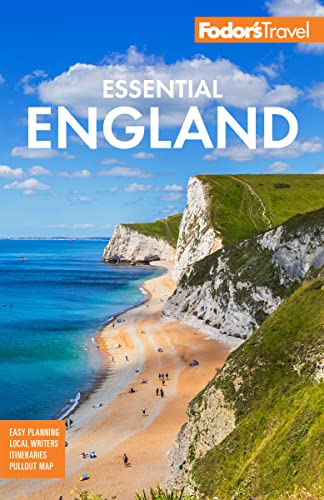How to Visit Hadrian's Wall
Winding through the wild and windswept Northumberland countryside, Hadrian's Wall is Britain's most important Roman relic. It once formed the northern frontier of the Roman Empire—its most remote outpost and first line of defense against raiders from the north. Even today, as a ruin, the wall is an awe-inspiring structure.
One of the most surprising things about visiting the 73-mile-long wall is its openness and accessibility. Although many of the best-preserved sections are within managed tourist sites, Hadrian's Wall is also part of the landscape, cutting through open countryside. Signposted trails along the entire route allow you to hike or cycle along most of the wall for free. The area is also rich in archaeological treasures that paint a picture of a thriving, multicultural community. The soldiers and their families who were stationed here came from as far away as Spain and North Africa, and recent discoveries give us an insight into their daily lives.
Postcards from the Past
"Oh, how much I want you at my birthday party. You'll make the day so much more fun. Good-bye, sister, my dearest soul."
"I have sent you two pairs of sandals and two pairs of underpants. Greet all your messmates, with whom I pray you live in the greatest good fortune."
—From 1st-century writing tablets unearthed at Vindolanda
Seeing the Wall's Highlights
Hadrian's Wall has a handful of Roman-era forts, the best of which are concentrated near Housesteads, Vindolanda, and Chesters. Housesteads is the most complete, although getting there involves a quarter-mile walk up a hill; Chesters and Vindolanda have excellent museums. The separate Roman Army Museum near Greenhead offers a good overview of the wall's history and is near one of the best sections in open countryside, at Walltown Crags.
Getting Around by Car or Bus
The tiny, winding B6318 road passes within a stone's throw of most of the forts. It's a true back road, so don't expect to get anywhere fast. Public transport is limited; the special AD 122 bus covers the highlights (but only during spring and summer), and several local buses follow parts of the same route.
Exploring by Foot or Bike
Hadrian's Wall Path meanders along the wall's entire length; it's a seven-day hike. Joining it for a mile or so is a great way to see the wall and stunning scenery. Try the section around Walltown, or near Corbridge, where the path goes by the remains of a Roman garrison town. Hadrian's Cycleway, for bicyclists, follows roughly the same route.
Sightseeing Responsibly
The wall is accessible, but vulnerable. Do not climb on it, and never break off or remove anything. In muddy weather you're encouraged not to stand directly next to the wall, as over time this can make the soil unstable.
Wall Timeline
55 BC Julius Caesar invades what’s now southern England, naming the island Britannia.
AD 122 Emperor Hadrian orders the construction of a defensive wall along the territory's northern border.
208 After the Romans make another disastrous attempt to invade Caledonia, Hadrian's Wall is expanded.
410 The Romans leave Britain. Local tribes maintain the wall for at least a century.
1700s Stones from the ruined wall are plundered for road building.
1830s A local philanthropist buys land around the wall to save it from further destruction.
1973 First Vindolanda tablets are found. More than 1300 will be excavated over the next 40 years.
1987 Hadrian's Wall becomes a UNESCO World Heritage Site.




